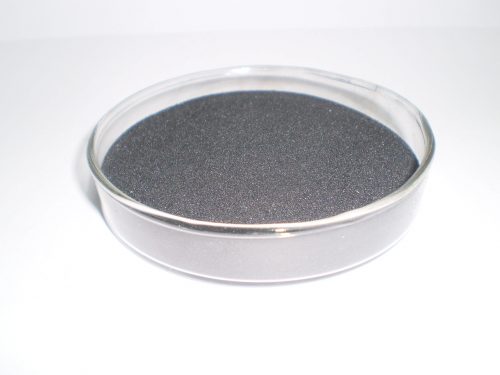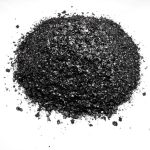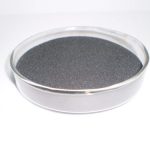The fertility of the soil was always related to its humus content. It was determined that humic substances participate in the regulation of most important characteristics. First of all, they are accountable for the coloring and, therefore, thermal conditions. It is particularly important for cold clay soil which under the effect of humates becomes warmer. Secondly, long-term humate treatment is conducive to the improvement of soil structure.
When humates enter the soil, they form potassium and magnesium humates that bond mechanical element of the soil and act as organo-mineral bridges between aggregates. Thirdly, one of the important qualities of humates is their ion-exchange activity. It ensures humates’ ability to regulate the process of transformation of mineral nutrients in soil-plant system. Fourthly, humate treatment increases water saturation of soil. It is particularly important for sandy soils. Its water saturation ability increases by more than ten times after humate treatment. The same principal applies when preparations are used for melioration. Fifthly, the most important challenge of our times is restoration of the fertility of the soil in suburban zones of the industrially developed regions. Modern ecological overload makes the soil’s natural self-rectification with micro-organisms insufficient. Traditionally, organic fertilizers (manure, compost) were used to increase biological activity of the soil and to improve its self-rectification. However, in spite of high nutritious value of these products, their bond with organic mass is too close, and it decreases their assimilation. That is why these products are used in large quantities (up to 60-80 ton/hectare). Introduction of humic substances solves the problem very effectively.
Humic substances determine the structure and the fertility of the soil. They are an effective measure in solving ecological problems, such as pollution of soil and subsoil waters by chemicals used in agriculture.









